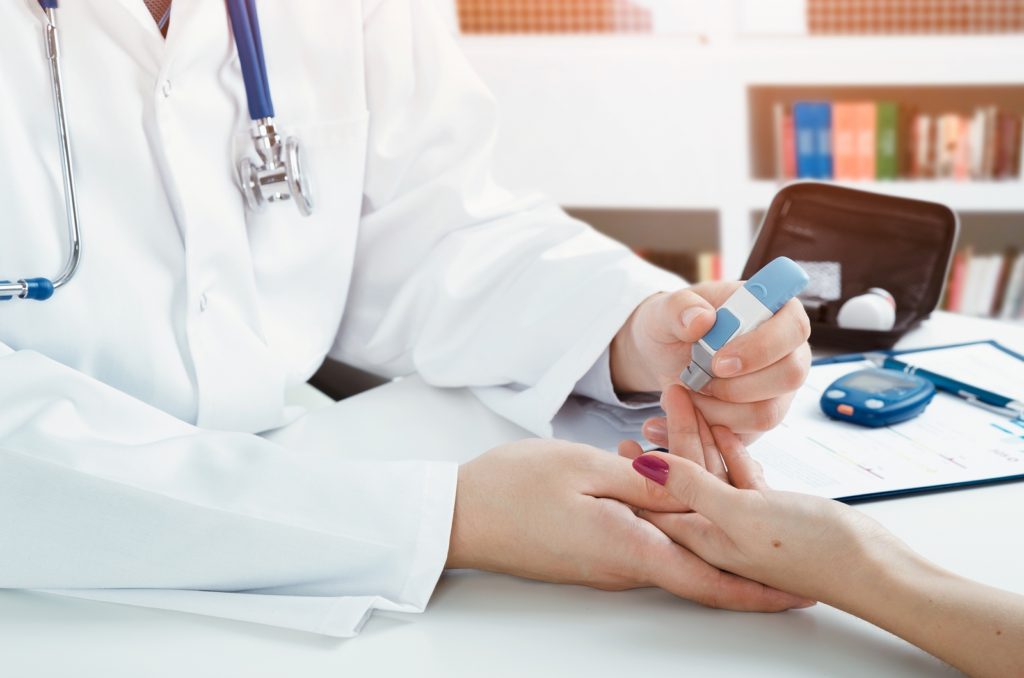 October is breast cancer awareness month, which is an annual campaign to raise awareness of breast cancer as well as raise money to advance breast cancer research. Breast cancer affects one in eight women and 100 times more common in women, but men can also have breast cancer. It is the most common type of invasive cancer in women worldwide. With early detection, 90% of individuals with breast cancer have a 5-year survival rate.
October is breast cancer awareness month, which is an annual campaign to raise awareness of breast cancer as well as raise money to advance breast cancer research. Breast cancer affects one in eight women and 100 times more common in women, but men can also have breast cancer. It is the most common type of invasive cancer in women worldwide. With early detection, 90% of individuals with breast cancer have a 5-year survival rate.
What are the signs and symptoms of breast cancer? Usually, there are no initial symptoms early in the disease process. As the tumor enlarges there may be signs such as a painless lump noted in the breast or under the armpit. The skin over the breast may change or become dimpled or rough like the texture of an orange. Any change in size or temperature of the breast can indicate possible breast cancer. Also, a change in the nipple such as retraction or bloody or clear drainage from the nipple may be a sign of breast cancer. Lastly, any area of the breast that is distinctly different from other areas of both breast may be a warning sign of breast cancer. If any of these signs are noted they should be checked out by a medical professional.
Scientist are not sure why some women develop breast cancer while others are immune. There are many risk factors that increase a woman’s likelihood of developing breast cancer. Some of these include:
- Advanced age- the older a woman gets the greater her chances of developing breast cancer
- Genetics- women who have a close relative with breast or ovarian cancer is more likely to develop breast cancer
- A history of breast cancer- if a woman has had breast cancer in the past she is more likely to develop it again
- Dense breast tissue put women at greater risk
- Estrogen exposure-women who start their periods early or go through menopause later have an increased risk due to increased exposure to estrogen as well as women on hormone replacement therapy
- Obesity may play a role in breast cancer due to the increased levels of estrogen found in obese menopausal women.
 Mammograms can often help find breast cancer in the early stage before symptoms develop. The American Cancer Society has developed guidelines for breast cancer screening. The purpose of screening is to find the disease before the symptoms, such as lumps in the breast or changes in the skin are visible. Breast cancers found during screening exams tend to be smaller and often contained to the breast. These factors are important in predicting the outlook for a woman with this disease. The smaller and more localized cancer the better the outlook for the patient.
Mammograms can often help find breast cancer in the early stage before symptoms develop. The American Cancer Society has developed guidelines for breast cancer screening. The purpose of screening is to find the disease before the symptoms, such as lumps in the breast or changes in the skin are visible. Breast cancers found during screening exams tend to be smaller and often contained to the breast. These factors are important in predicting the outlook for a woman with this disease. The smaller and more localized cancer the better the outlook for the patient.
The following screening guidelines are for women at average risk for breast cancer:
- Age 40-44 should have the choice to start annual mammogram screening
- Age 45-54 should have annual mammogram screening
- Age 55 and older should have mammograms every 2 years or have the choice to continue yearly mammograms.
Early detection of breast cancer is the key to better outcomes, therefore screening can significantly increase survival rates. Consult your primary care physician or your OB-GYN to determine the best and most appropriate treatment approach. For more information go to komen.org/BreastCancer/AboutBreastCancer.html.

 Difference Between The Common Cold and Influenza
Difference Between The Common Cold and Influenza